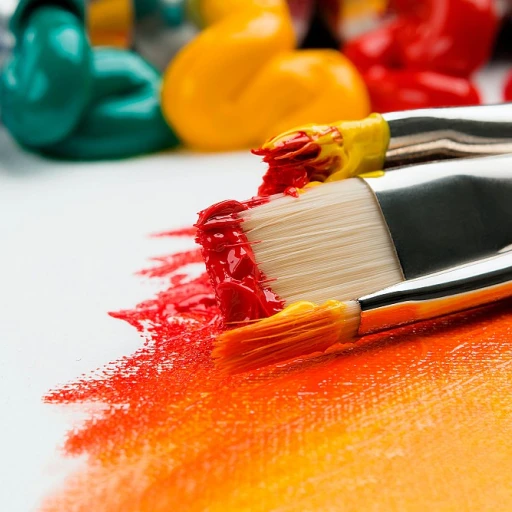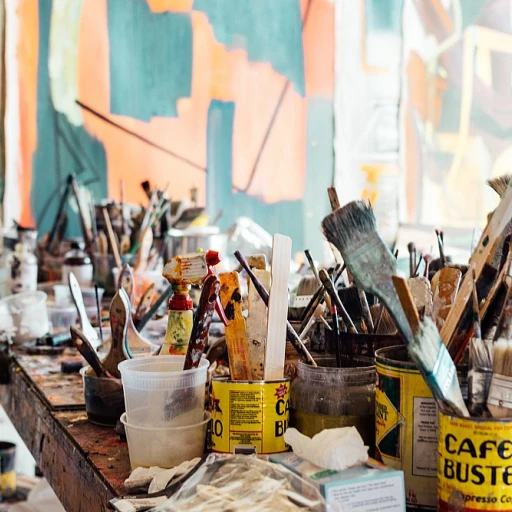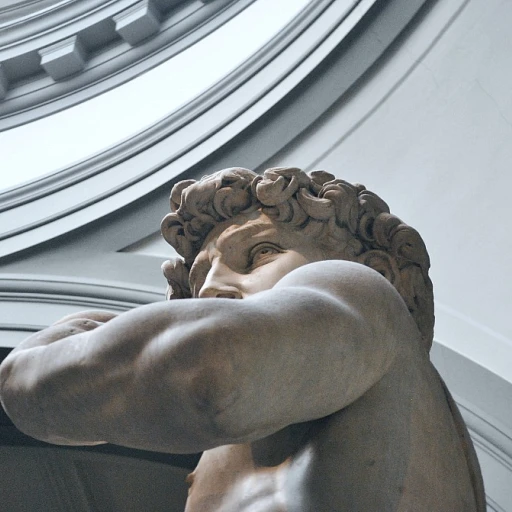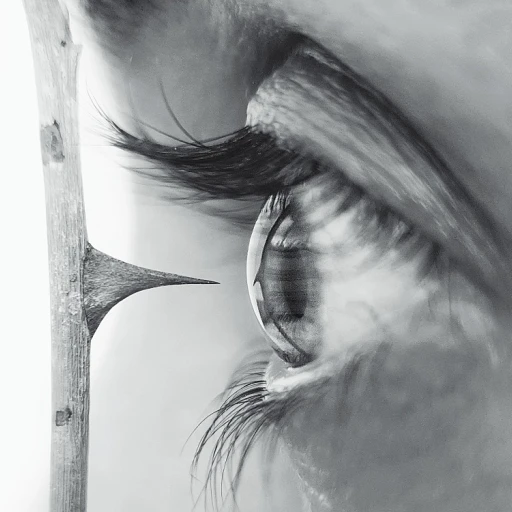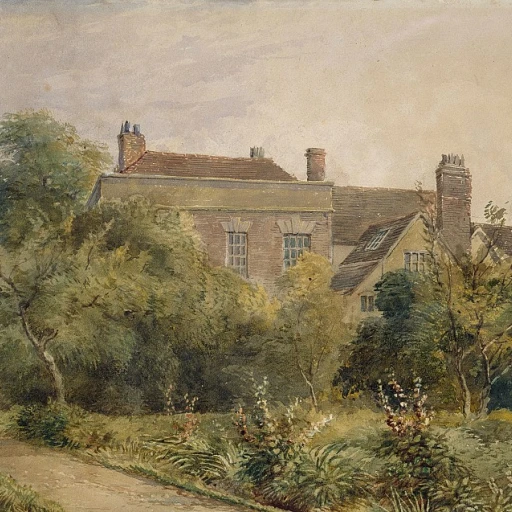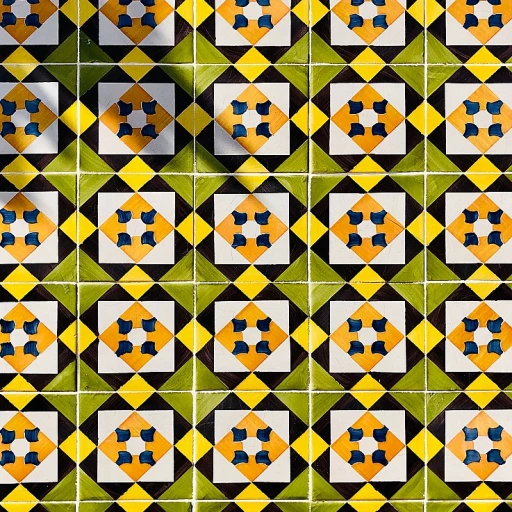-teaser.webp)
Understanding Masonite as a Medium
The Versatile Nature of Masonite Panels
In the realm of luxury artwork, the choice of surface upon which an artist paints can greatly influence the final piece. Masonite, an engineered wood product, has long been cherished for its unique properties, making it an intriguing option for artists. Unlike traditional canvas, masonite offers a hard, smooth surface that can enhance the fine details in oil painting, acrylics, or even mixed media works.
Masonite is essentially a type of hardboard that is made by pressing and steaming wood fibers, which gives it its distinct texture. Known for being super smooth and durable, masonite panels serve as an excellent foundation for achieving precision in brush strokes. Artists often start by applying a primer, typically an acrylic gesso, to fill and prepare the surface, allowing for better adhesion of the paint and a more vivid finish.
The material’s ability to prevent warping makes it especially appealing for outdoor or plein air painting sessions. Artists appreciate that masonite can withstand various environments, making it suitable for both interior and exterior paint applications. Moreover, its robustness means that these panels, and the priceless works they host, can endure years, if not decades, when properly cared for, as will be discussed further on.
The Historical Significance of Masonite in Art
The Storied Role of Masonite in Art's Evolution
Masonite, a versatile compressed wood product, first emerged as a choice medium for artists in the early 20th century. Initially developed for its functional benefits in construction and siding, artists quickly identified its potential for a fine, smooth surface which provides an unparalleled foundation for painting. This attraction stems from its lack of grain—a characteristic that traditional wood panels can't compete with—offering a canvas capable of capturing intricate brush strokes and fine details.
In a time when painters were exploring new terrains, masonite panels offered a departure from canvas, enabling creators to push the boundaries of what paint could achieve on engineered wood. Its stability and resistance to warping were particularly prized by those working with oil paints, which require a sturdy backing. This evolution in painting surfaces paralleled significant shifts in the art world, shaping new artistic movements and cementing the medium's place in art history.
Not only did these artists find masonite's affordability appealing, but its durability made it a lasting fixture in collections. The use of an acrylic gesso primer ensured that the hardboard could be prepared to accept both oil and acrylic paints, protecting artwork and maintaining its beauty over years.
The tropes of modernism and experimentation found in these historic works on masonite are now revered in luxury art circles, where collectors appreciate both the medium's innovation and its association with iconic periods of artistic advancement. Whether it's through oil painting or on the exterior paint of a dynamic installation, the smooth surface properties of masonite continue to persist as a testament to its early adopters who recognized its significance.
For luxury collectors interested in the legacy of materials like masonite, such paintings offer not just aesthetic pleasure, but a piece of art history. For more insights on how artists memorialize moments through their choice of media, explore canvas art in memory.
Techniques for Painting on Masonite
Mastering the Art of Painting on Masonite
Painting on masonite offers artists a unique set of advantages and challenges. Due to its engineered wood composition and hardboard surface, masonite provides a stable base that can enhance the vibrancy of oil paintings and support intricate brush strokes. One primary consideration when painting masonite is the preparation of the surface. Artists are advised to start with a thorough application of a primer, such as acrylic gesso. This not only enhances the adhesion of oil paint but also seals the surface, preventing any potential warping due to moisture exposure over the years. Sanding between coats of gesso can achieve a super smooth finish that artists find ideal for detailed work. Masonite offers flexibility in techniques; use of oil paint or exterior paint allows broad artistic expression, from bold, textured brush strokes to delicate, layered hues. For those engaging in plein air painting, the lightweight nature of masonite panels makes them a convenient choice, whether painting in the studio or amidst nature's scenic beauty. Additionally, achieving the desired results requires understanding the interplay of paint types with masonite's properties. Oil painting on masonite can yield vibrant results, yet it requires the artist to carefully manage the paint's interaction with the gesso and the board. Techniques to maintain the integrity of the masonite involve strategic application of washes, glazes, and multiple layers to control drying times and avoid cracking. For precision and longevity, experimenting and discussing techniques on forums can provide tips and tricks that help refine one's craft when creating artworks that will stand the test of time. Embracing these methods enables artists to push the boundaries of their creative expression, achieving pieces that captivate the luxury art enthusiast. For a deeper exploration into the intricate techniques required for mastering masonite as an art medium, visit the comprehensive guide on the intricate techniques in art blog post.Challenges and Considerations
Overcoming the Unique Obstacles of Working with Masonite
Working with Masonite as a painting surface certainly offers several advantages, yet artists must navigate particular challenges unique to this medium. This high-density hardboard, often used for exterior siding or engineered wood panels, presents nuanced considerations that those used to canvas or paper may not encounter. One primary concern is the necessity for a suitable primer. Masonite’s surface, though admirably smooth, lacks the absorbency of traditional painting surfaces. As a result, applying a quality primer like acrylic gesso is essential to provide a suitable ground for paint adhesion. Without it, artists risk their work peeling or flaking over time. Masonite's density and smoothness mean careful attention should be given to selecting proper materials. Oil painting on Masonite can produce stunning results, but without a base layer to prevent warping or moisture damage, time could compromise the artwork's integrity. Similarly, when choosing exterior paint for pieces intended for outdoor display, one ensures longevity. Meanwhile, achieving super smooth finishes can be both an allure and a challenge. Sanding the surface before priming will help create an ideal texture for applying paint. Yet artists seeking texture in their brush strokes might need to adapt their techniques or layer thicker paint to bring dimension to their work. Lastly, considering the potential for swelling in high moisture environments is crucial. Though Masonite is engineered to be durable, fluctuations in humidity can cause it to expand or warp. Thus, artists should be cautious about the frame and environment where Masonite artwork is displayed or stored. For more insights into materials and techniques of grandmasters, exploring forums and posts about long-term materials can provide a wealth of tips and tricks for mastering the medium. In summary, while Masonite provides a brilliant white canvas for vivid artistry, its unique properties require thoughtful preparation and care. With proper techniques, artists can exploit its smooth surface, creating luxurious renderings that will endure for years.Masonite in Luxury Art Collections
Masonite's Place in Luxury Art Collections
Masonite might surprise some as a choice for luxury art collections, given its roots as an engineered wood product typically used in construction for siding and panels. However, its unique characteristics reveal why it has found a significant place among luxurious assets.- Surface Quality and Painting Techniques: The super smooth surface of Masonite allows artists to explore detailed brush strokes, which are especially appreciated in both oil painting and acrylic mediums. Artists can achieve a refined finish akin to traditional hardboards, and with proper preparation using acrylic gesso or other primers, they can bring their visions to life with extraordinary finesse.
- Versatility and Longevity: Unlike traditional wood that might warp over time, Masonite, when treated correctly, is less prone to warping, making it a reliable substrate for long-term art preservation. The right combination of primer, paint, and care ensures that artwork on Masonite remains pristine for years.
- Challenges and Overcoming them: While there are challenges associated with painting Masonite, especially ensuring proper adhesion and paint longevity, many luxury art collectors appreciate the innovative techniques required to overcome these. Committing to expert use of paints, especially oil paint, and preparation with materials like gesso amplifies the visual sophistication and depth of the work.
Caring for Masonite Artwork
Preserving the Elegance of Masonite Art
Caring for Masonite artwork demands a certain level of diligence; however, when done correctly, it can preserve the luxurious appeal of the pieces for many years. Just as artists have mastered painting on this unique engineered wood, collectors must master the art of maintenance.- Shielding from Moisture: Masonite, like other forms of hardboard, is prone to swelling and warping when exposed to moisture. Using preventive measures such as placing the artwork away from damp areas or using moisture-resistant varnishes can help maintain the integrity of the surface.
- Temperature and Humidity Control: To avoid warping or cracking—a common challenge with wood panels—ensure that the environment where the art is stored remains stable in both temperature and humidity. Proper measures in climate control can significantly enhance the lifespan of the piece.
- Proper Display Techniques: Since Masonite can be smooth yet fragile, showcasing your collection behind glass can protect against dust and accidental touch. The smooth surface of the artwork becomes a testament to the artist's technique, deserving of the same appreciation as the content of the painting itself.
- Regular Inspection: Routine checks for any damage or wear are crucial. Watching for paint flaking, structural instability, or changes in the surface can help in early intervention and avoid extensive restoration work.
- Professional Maintenance: For any significant issues, seek professional restoration experts who have experience with Masonite. Their expertise can help repair and maintain the acrylic gesso layer, oil paint, and other delicate aspects of your artwork.


